Controlling Tomato Leaf Spot Diseases
Daniels short version:
Planning IS Prevention. All garden plant materials get buried under the deep pile of leaves added in the fall. Everything goes back into the soil except the fruit harvested. Irrigate in such a way water is low on the plant and will not splash soil born bacteria. Tall staking of the plant allows for bottom leaves to go ahead and die...lots more where those came from.
The long version stole from someone.....
Nothing is better than a home-grown, garden tomato, but growing tomatoes does have its pitfalls, including disease problems. Tomatoes are subject to many diseases, both leaf spots and wilts. Tomatoes are attacked by both fungi and bacterial diseases that affect the leaves, petioles and stems, and cause blemishes on the fruits. Foliage diseases weaken infected plants by killing the leaves, which are the plant’s factories for carbohydrate and energy production. Loss of foliage due to disease, causes the tomato plant to be less productive or vigorous. If foliage diseases are not controlled, they can lead to death of the plant. If too many leaves are killed then tomato production and quality will be affected. Severe foliage loss can lead to sunscald on developing tomatoes, which are suddenly exposed to more intense sunlight. Common diseases of tomato include septoria leaf spot, early blight, bacterial speck and bacterial spot. All of these diseases overwinter in the vegetable garden on infected plant debris. The spores are spread during the growing season by wind, water and human activity.
Septoria leaf spot begins as tiny black dots on the leaves, enlarging to small circular spots with a dark margin and gray center. Infected leaves turn yellow and die. Elongated lesions develop on stems and petioles.
Early blight appears as irregular, dark brown areas on the leaves with concentric, black rings developing in a target-like pattern as the spots enlarge. Dark brown, sunken lesions form on stems and petioles. These symptoms appear about 10 days after infection. Early blight occurs in midsummer during warm, humid periods and can spread very rapidly.
Bacterial speck and spot are both spread by infected plant debris during periods of humid, wet weather. Bacterial speck appears as tiny, pinhead sized, raised black specks on tomato leaves and fruits.
Bacterial spot is very similar to bacterial speck, but the leaf and fruit spots are slightly larger. On tomato fruits, bacterial spot results in slightly raised, brown, scabby lesions.
Sanitation is very important for reducing disease pressure in your garden each year. Remove all plant debris that is left in the garden from last season before tilling and planting. Establish a 3-4 year rotation schedule in your garden, by moving those plants most affected by disease to containers or new plots of ground. Or choose not to grow heavily affected plants for a few years to reduce populations of disease organisms in the soil.
One of the most common methods of tomato leaf infection is through rain splashing on bare soil. All of the diseases mentioned above overwinter on infected plant debris in the soil. During a rainstorm, water droplets hit the soil surface, splashing water and soil up onto the lowest tomato leaves. Prevent rain splash in your garden by covering the soil with mulch. Apply a 2-3 inch layer of mulch, using old leaves, clean straw, newspapers topped with wood chips, or any other coarse organic material. Mulch also helps suppresses weed growth, moderates soil temperature extremes and helps retain soil moisture. Staking is important as an early blight control program, since staking keeps foliage and fruit from contacting the soil surface.
Keep tomato leaves as dry as possible by applying water to the base of plants through soaker hoses, instead of using an overhead sprinkler, since water on the leaf
surface promotes germination of fungal spores and leaf infection.
Remove and discard heavily infected plants. Infections may be slowed by removing diseased leaves as they
appear.
For additional disease management, remove debris from tomato and pepper plants in the fall after harvest is completed or till debris into the soil.
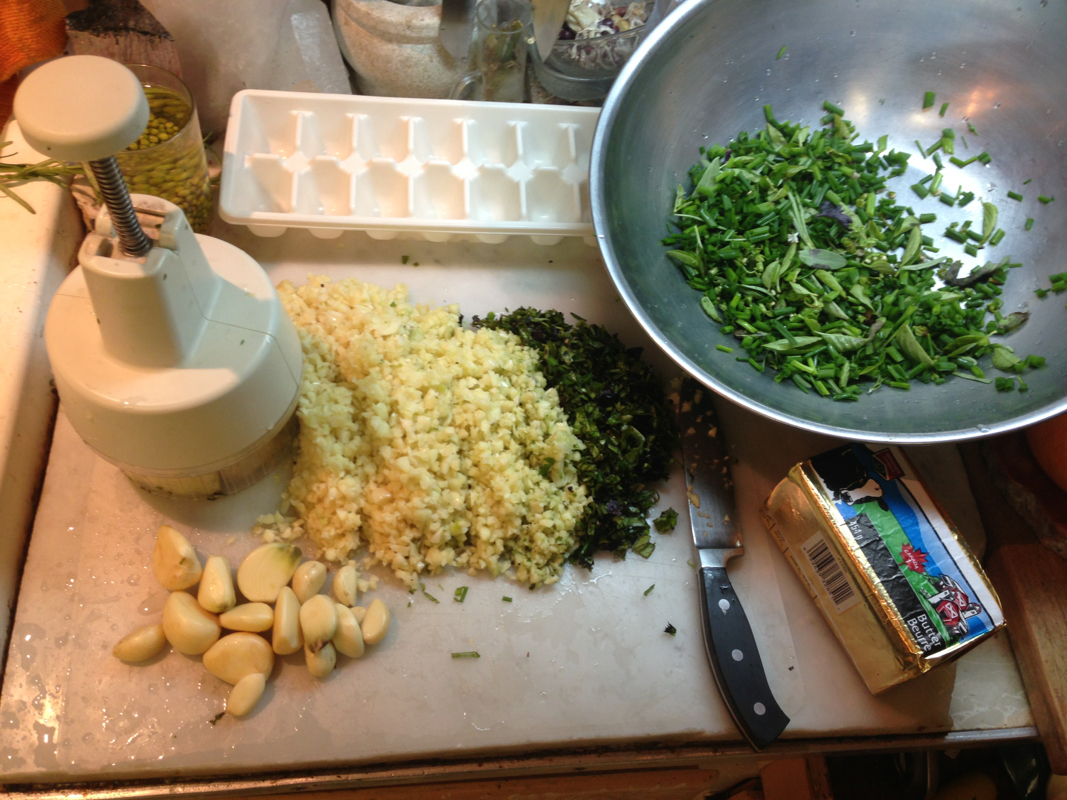
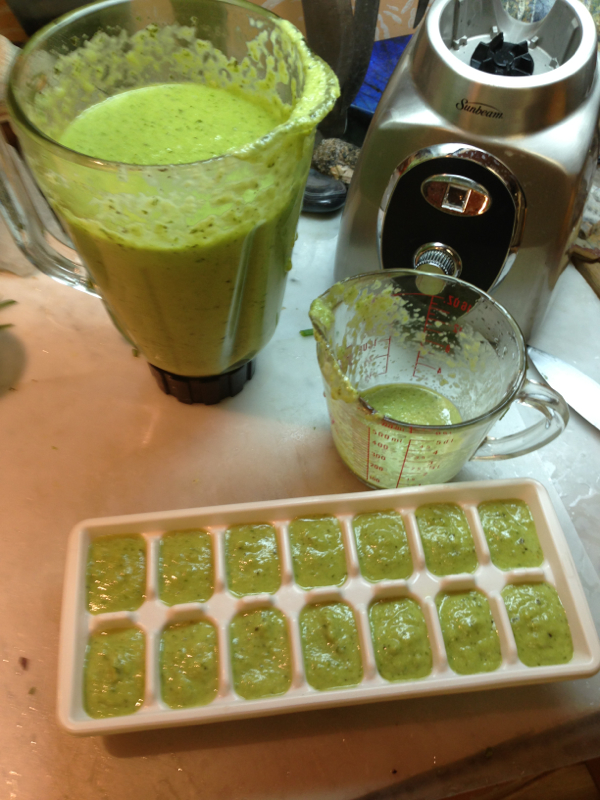
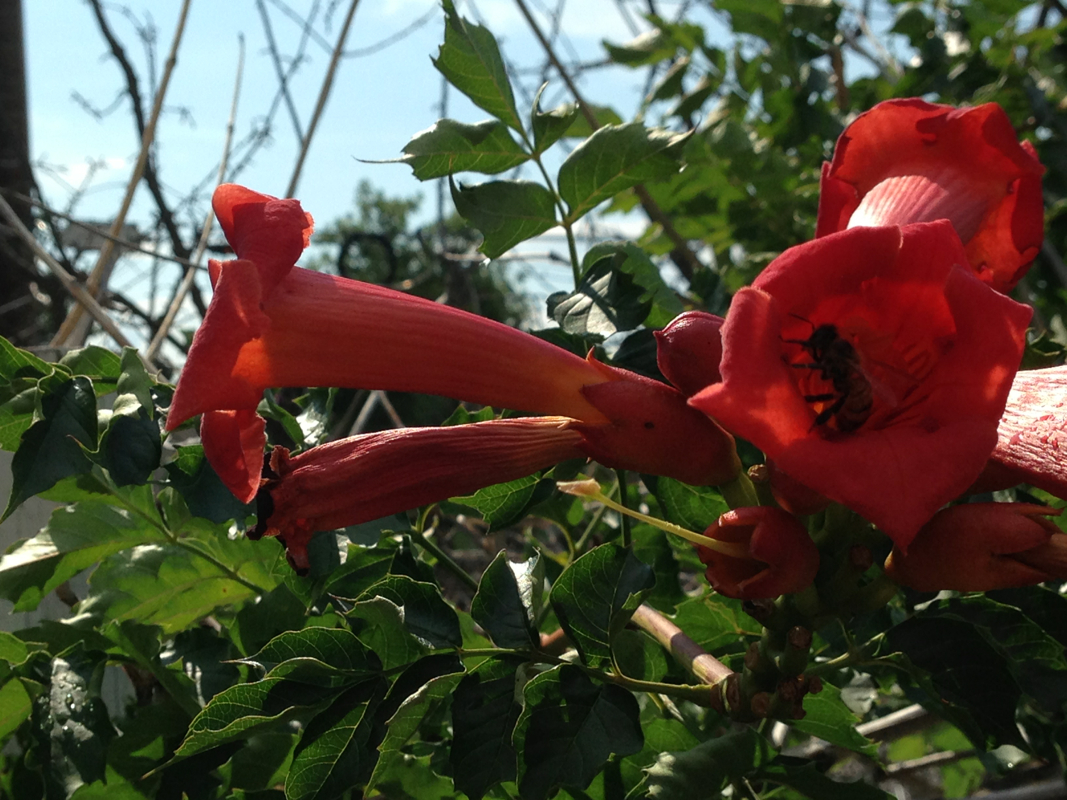
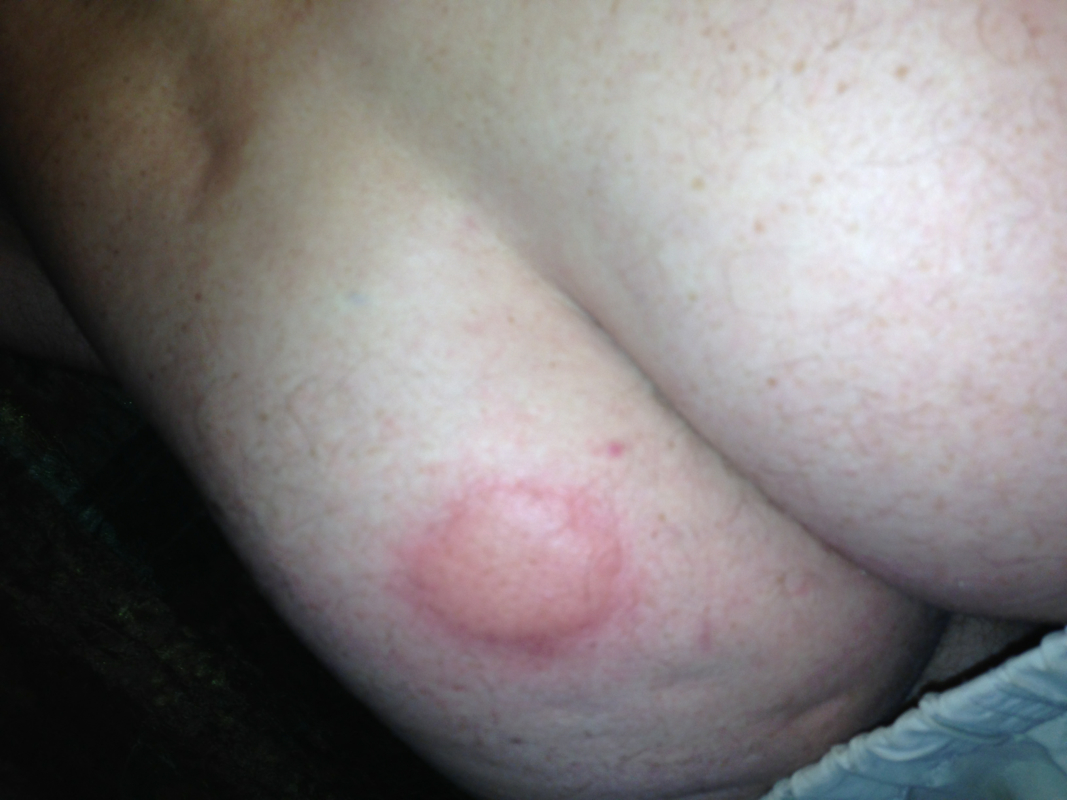

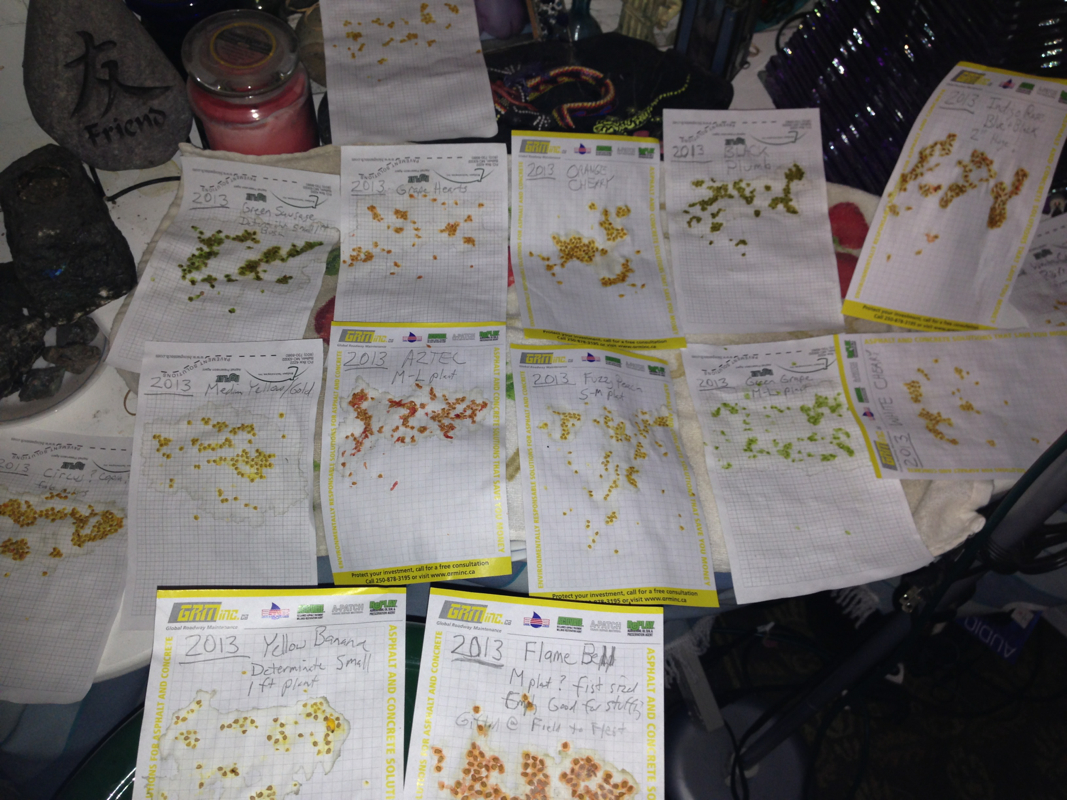
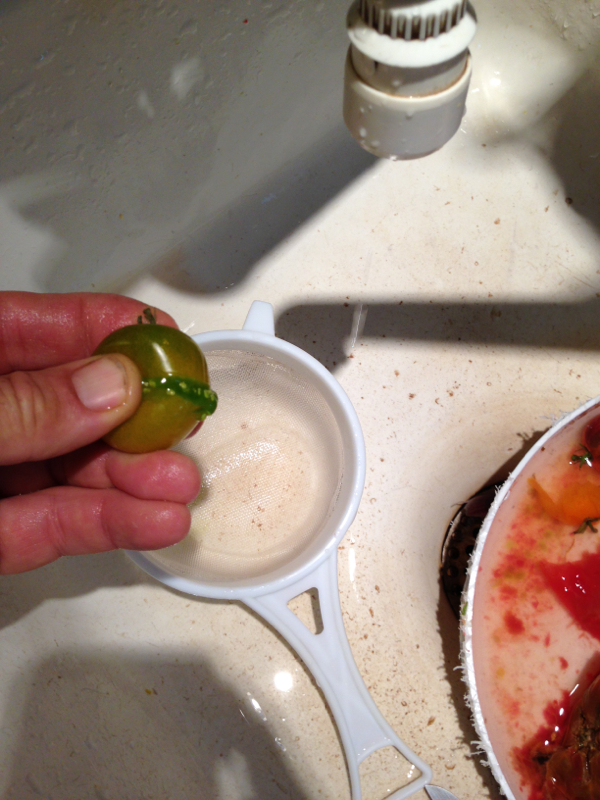
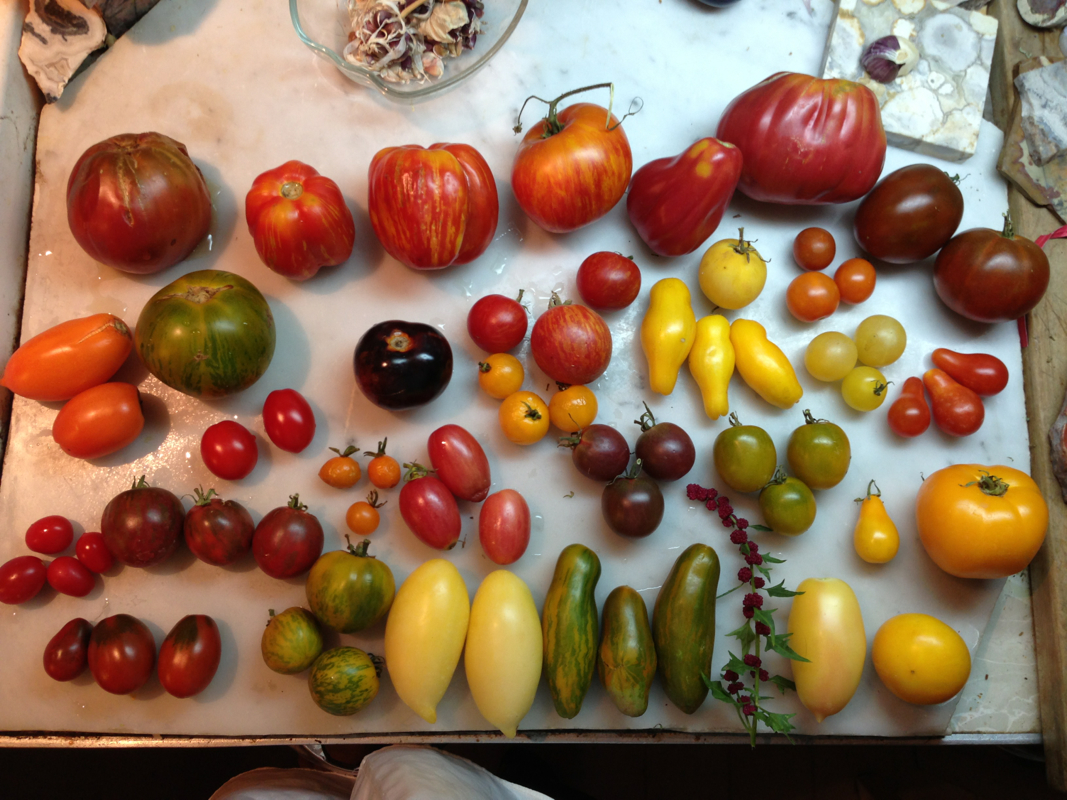
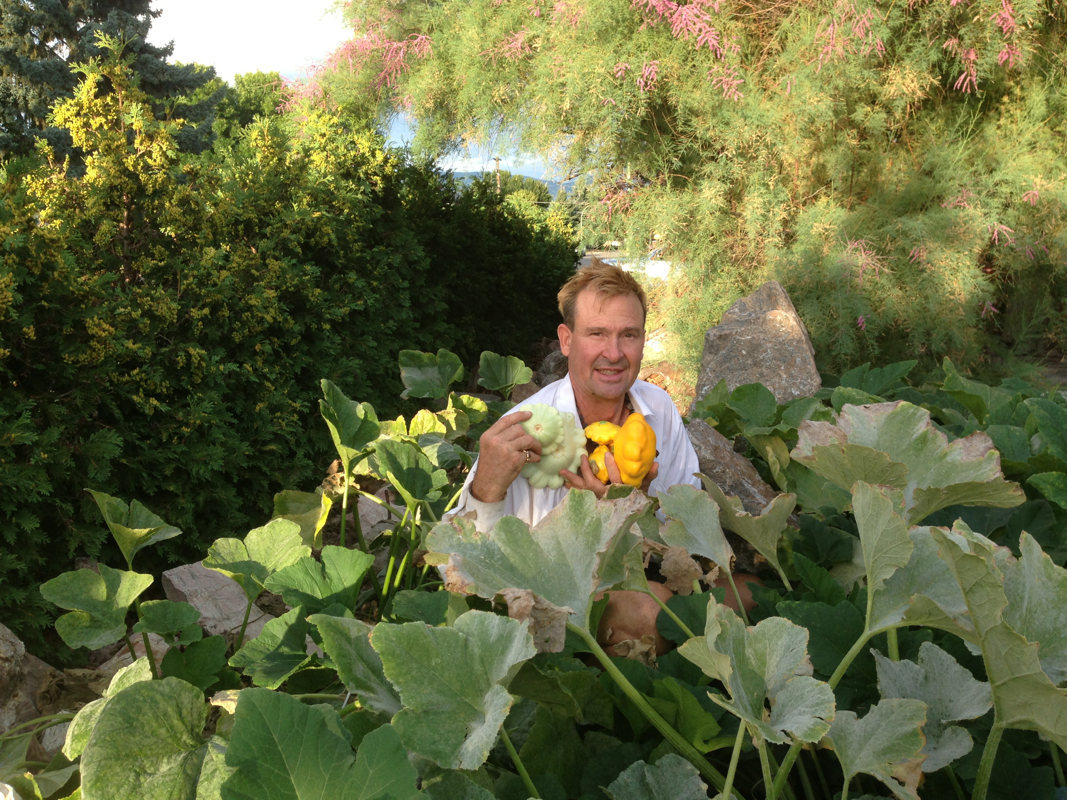


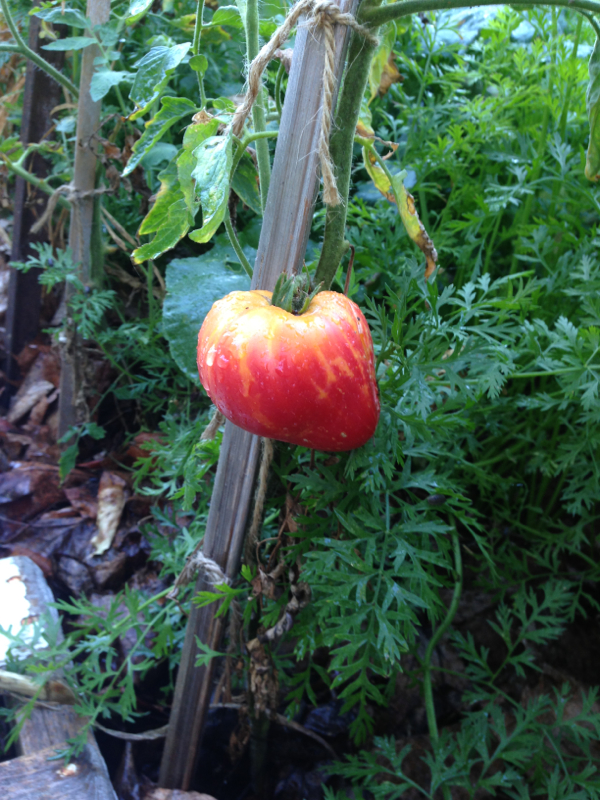
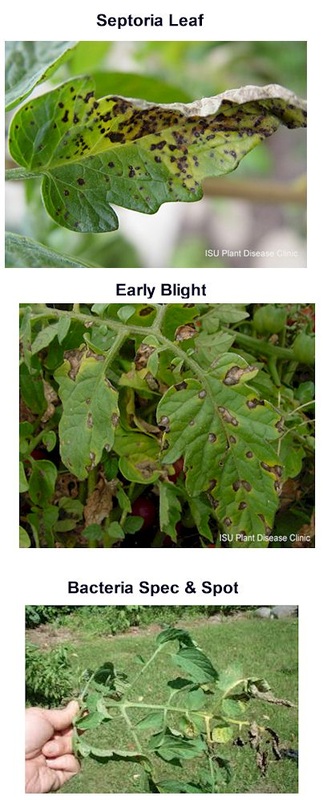
 RSS Feed
RSS Feed